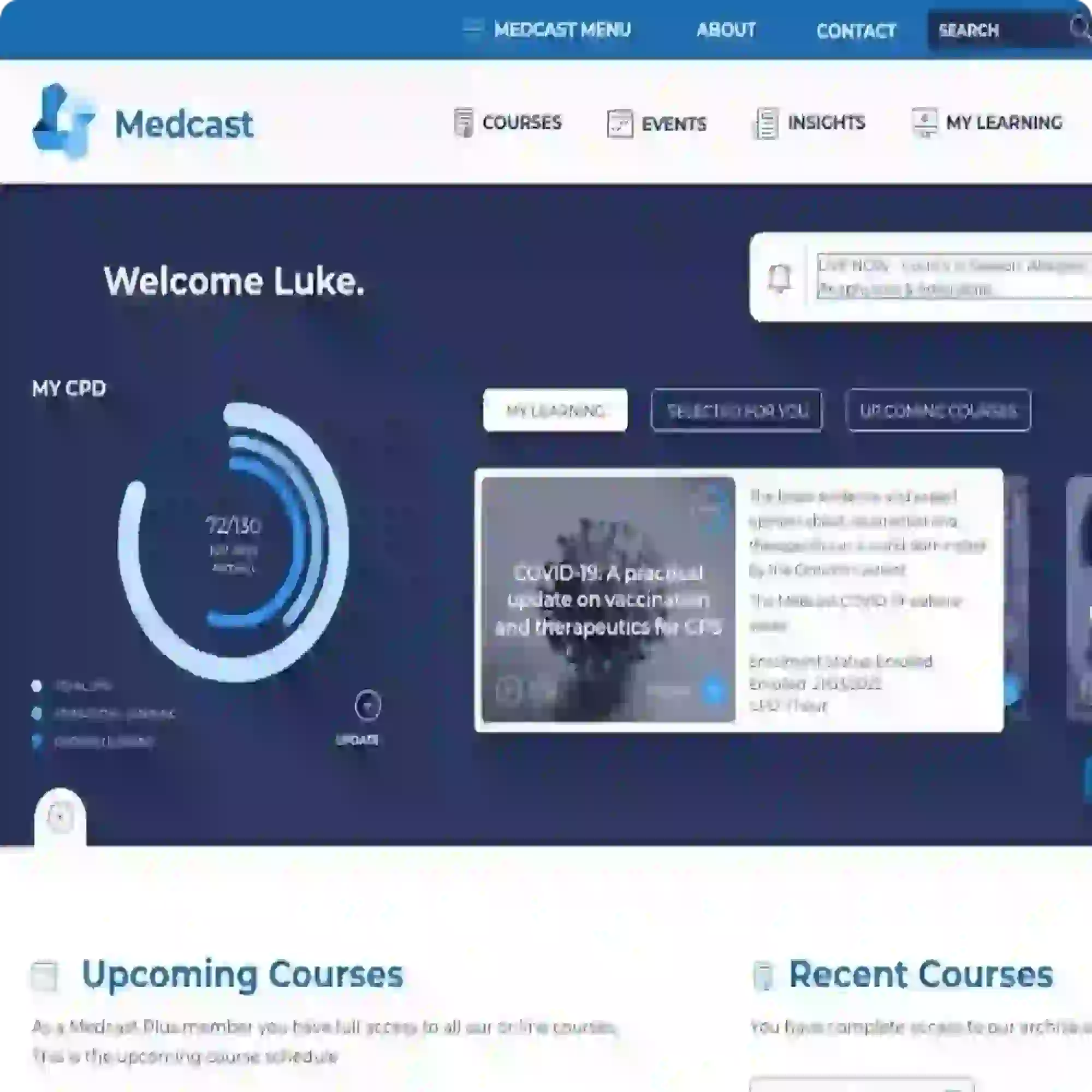Improving Engagement and Adherence to e-Mental Health
You don’t expect your patients to respond if all you do is give advice like “Lose some weight” or “Stop smoking” without some motivational conversation and support to go with it.
In the same way your patients aren’t going to use eMH resources if all you do is tell them to do it or hand them a piece of paper with the web address on it.
It goes without saying that your patients are not going to get any benefit from eMH if they never log on and the research tells us the more of a program someone completes the more likely they are to see improvement.
Here are some tips to help you get your patients engaged with eMH programs and keep them involved.
Top Tips for Using eMH:
-
Choose your patients well – make sure they are not too ill to benefit and that they are accepting of the idea of learning from web-based programs.
-
Don’t make e-mental health an afterthought – talk about it right from the start as one of the possible treatment options.
-
Recommend specific programs – this means you need to get to know the programs yourself but it’s worth the time you spend doing it.
-
Demonstrate how to access the programs – on your desktop or on their device. You might even want to go through the registration process with them so they are ready to start when they get home.
-
Provide written details about access to programs – better still have them enter the details into their mobile device while they are with you.
-
Make clear arrangements for follow-up – treat a referral to eMH just as you would a referral for face to face therapy by following it up and making sure they have done as you recommended.

Gerhard is a full professor of Clinical Psychology at Linköping University, Sweden since 2003, an
d affiliated researcher at the Karolinska Institute, Sweden. Professor Andersson is an internationally recognized researcher in the field of CBT delivered through information and communication technology, as well as the author of the book “The Internet and CBT: a clinical guide”.
UPDATED
The PTSD Program for people with Post Traumatic Stress Disorder.
Do you know anyone who has difficulty motivating themselves to exercise? I think we all know people who get too depressed to exercise or too anxious to leave the house. But there are other people who, despite a lack of “diagnosis”, find exercise hugely difficult to contemplate.
As someone who has practiced medicine for almost four decades I have had the opportunity to observe firsthand the upsurge in the use of opioid pain killers in non-cancer pain.

